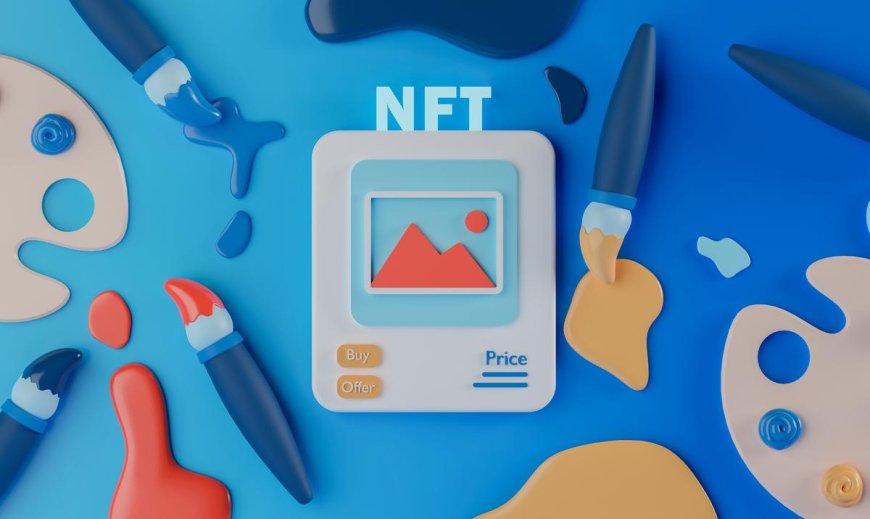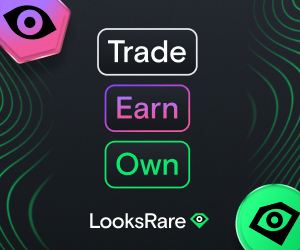What are NFTs?
Whether you're an aspiring creator or an intrigued investor, this guide is your gateway to comprehending the fascinating realm of NFTs.

WHAT ARE NFTS?
Non-fungible tokens also called NFT for short, are non-exchangeable objects. They are purely digital collectibles, such as crypto art, that you can buy with cryptocurrency. However, you cannot physically touch any of the objects. You can buy, collect and resell NFT. The first tokens were already offered on the Internet in 2017, for example the well-known and valuable CryptoPunks. The NFT trade is now booming. In 2021, the auction house Christie's sold purely digital images for the first time.
Not only are they unique and tamper-proof, but they also cannot be duplicated or destroyed as the tokens are based on blockchain technology. Even if someone owns an NFT, it still remains available on the Internet - and anyone can view it. However, only one person can own it.
HOW DO NFTS WORK?
Non-fungible tokens are based on a blockchain. Most NFTs are based on the Ethereum blockchain, as it is the pioneer in many crypto areas. With its Smart Contracts functionality, Ethereum can provide a wide range of decentralized applications. But the tokens are also offered by other blockchains, such as Solana or Tezos. Each NFT has a unique identifier, comparable to a human fingerprint. This identifier consists of blocks of information, which in turn form a blockchain and use their data to represent the total value of the object.
Why do NFTs have value?
At first glance, NFTs may seem overvalued. People are spending millions on NFTs representing digital art that could be easily copied. But NFTs derive value from their scarcity and proof of ownership. Let's explore the value propositions:
1. Scarcity
NFTs represent ownership of scarce digital assets. For example, an artist can sell an NFT corresponding to only one edition of a digital artwork. Whoever owns the NFT owns the original artwork. This scarcity gives the NFT value, even if the digital artwork can be duplicated. Ownership has been verified as scarce and unique on the blockchain.
2. Proof of ownership
NFTs verify ownership of a specific asset through blockchain and smart contracts. Owning the NFT proves you own the original work. This gives status and social capital, even if the artwork is duplicated.
3. Access
Some NFTs grant access to exclusive communities, privileges or even real physical assets. For example, an NFT could grant access to a private discord channel, a physical collectible, or eligibility for a future asset airdrop. This utility adds value beyond just the underlying artwork.
4. Speculation
Some buy NFTs hoping to sell them later for a higher price like any other speculative asset. As the market grows, they are betting early NFTs will become more valuable. This speculative premium creates additional value.
Get Started with NFTs Today
NFTs are ushering in an exciting new era of digital ownership, creativity, and value. This is arguably the best moment in history for anyone interested in NFTs - whether you're an artist, collector, businessman, or tech lover. NFTs are exploding in popularity right now, with eye-popping sales numbers and huge media coverage.
Discover How to buy NFT from our crypto guide.
Choose your first NFT marketplace, connect your wallet, and explore this new world. Enjoy collecting scarce digital art, flexing online, and connecting with communities who share your interests.
The world of NFTs is just getting started. Have fun and welcome to the next evolution of digital ownership!










